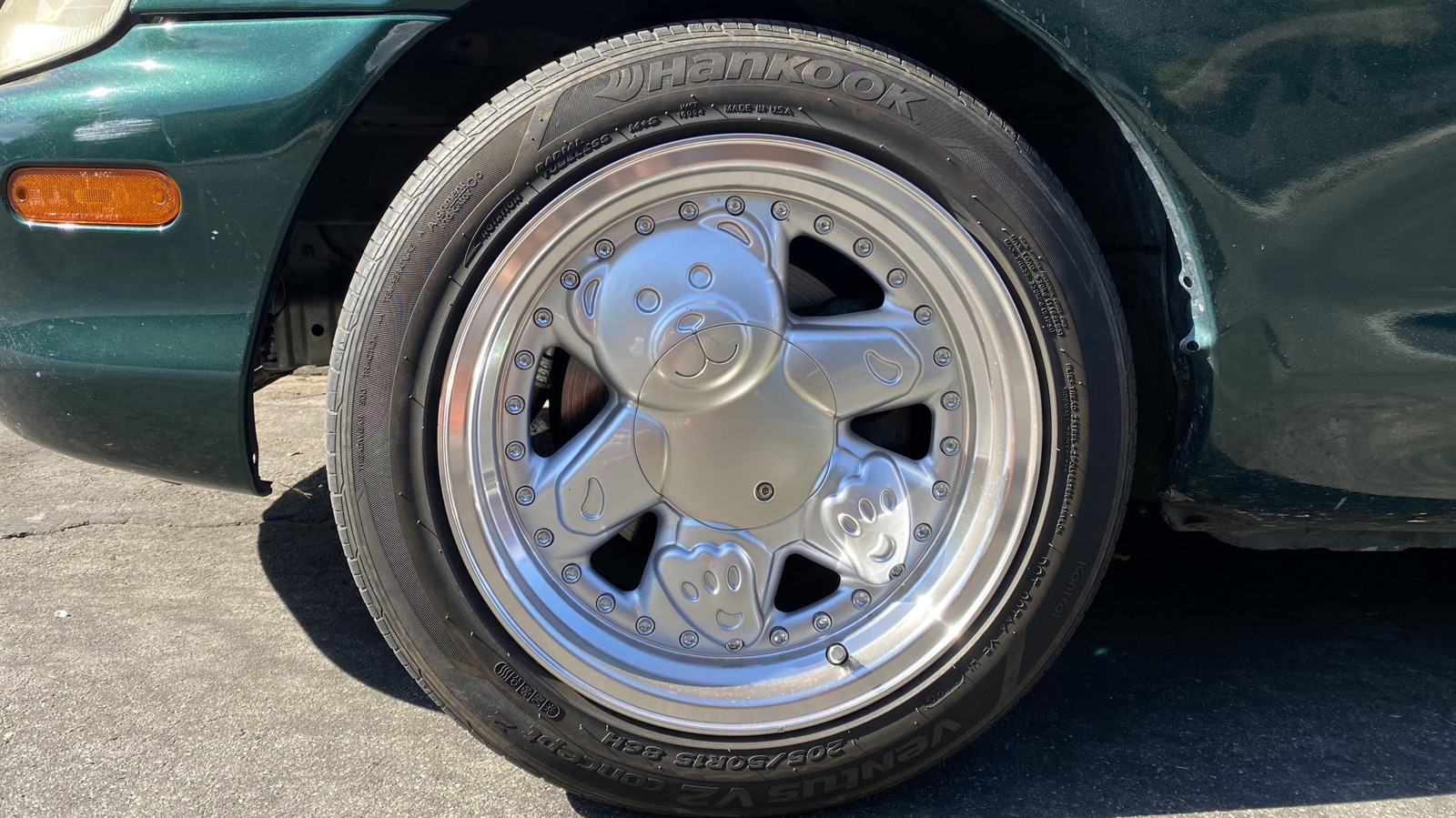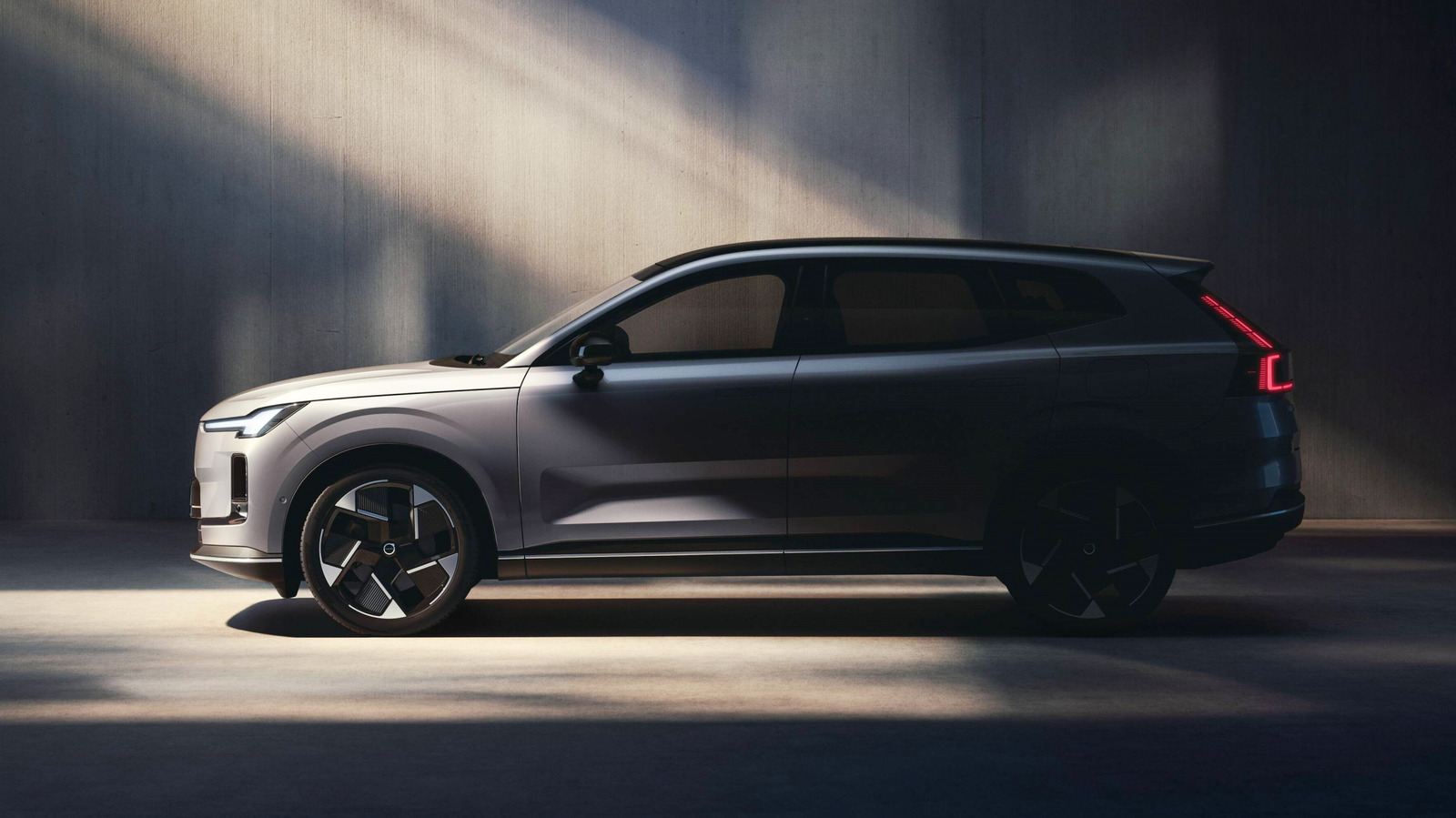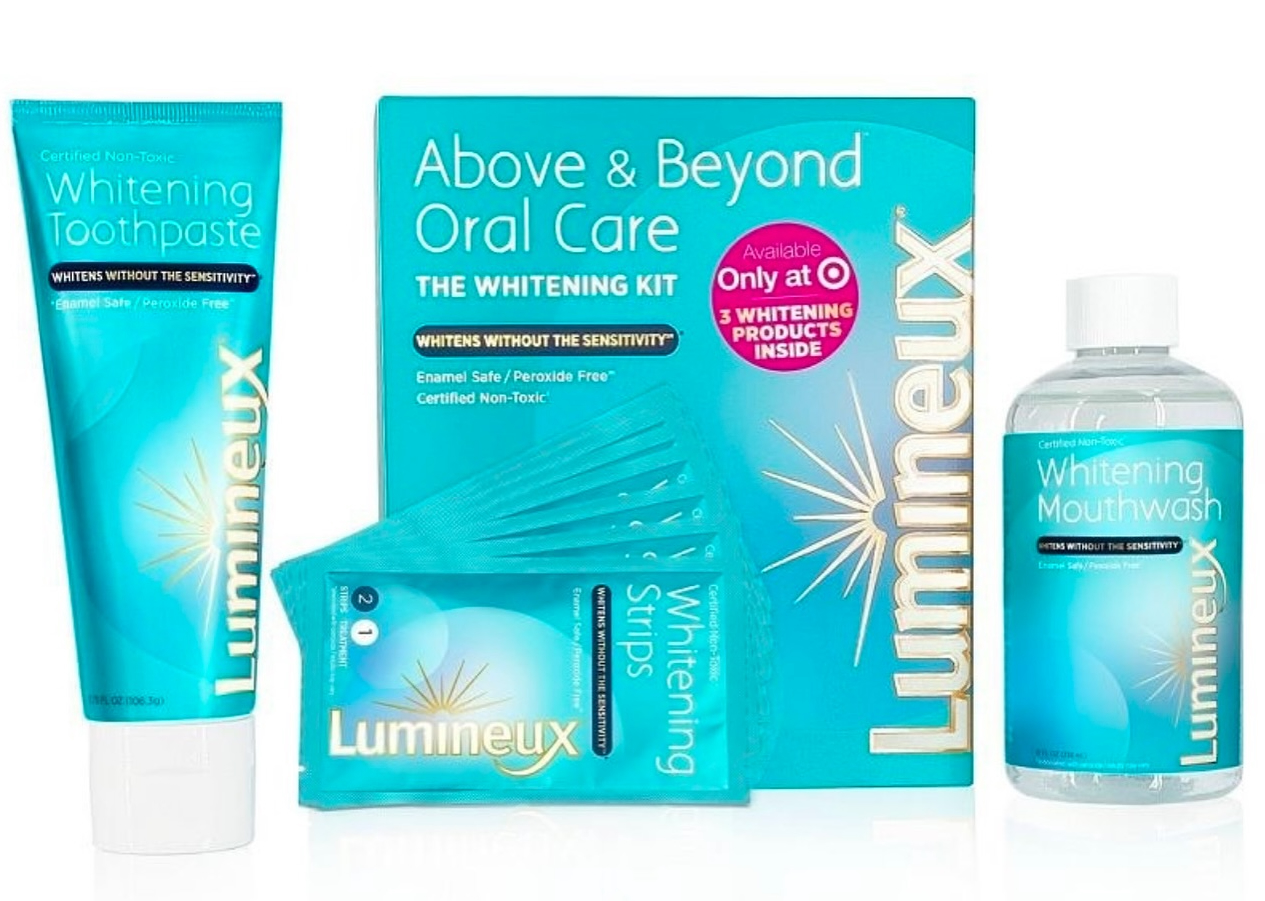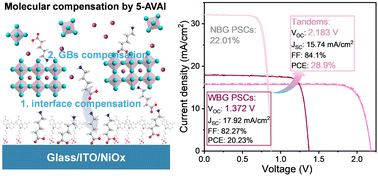Forget Cloying—These Top Moscatos Show Off Stunning Versatility
Despite its reputation for being overly sweet, Moscato is a cornerstone of winemaking history and beloved across the globe. Try these top bottles. [...] Read More... The post Forget Cloying—These Top Moscatos Show Off Stunning Versatility appeared first on Wine Enthusiast.
Moscato (“moe-SKA-toe”) is one of the few wine styles that can start your brunch and close out your dinner paired with dessert. So, why is it so misunderstood?
For starters, in its birthplace of Piedmont, Italy, Barolo is king—made from the noble Nebbiolo grape—followed closely by other widely planted reds like Barbera and Dolcetto. In a region known for powerful reds, Moscato rarely gets the spotlight it deserves. But don’t be fooled: Moscato isn’t an afterthought. It’s a cornerstone of winemaking history and beloved across the globe.
“The challenge has been opening people’s eyes to the fact that Moscato can exist outside of the category of ‘sweet wines,’” says Heidi Barrett, winemaker at La Sirena in Napa Valley. “The surge in popularity of Moscato [about 10 years ago] was great in some ways, because it brought a lot more public attention and some new wine drinkers.”
Moscato 101
This highly aromatic wine comes from the Muscat family of grapes, which includes an impressive array of varieties, such as white-skinned Muscat Blanc à Petits Grains, Muscat of Alexandria and Muscat Ottonel, along with red-skinned Moscato di Scanzo and Moscato Rosa del Trentino, to name a few.
While Muscat grapes have found homes in regions like France, Spain, California and Oregon, Moscato is most famously associated with Italy’s Piedmont region—specifically, the softly sparkling wines of Moscato d’Asti.
“The Moscato Bianco variety has called Piedmont home for centuries,” says Stefano Chiarlo, enologist at family-owned Michele Chiarlo in Asti. “The grape was first officially recorded in the 13th century on statues in the town of Canelli.” Here, the wines are celebrated for their sweet and charming frizzante (semi-sparkling) style.
Globally, Moscato also appears in lush, dry, lightly sweet and even deeply fortified forms, each offering its own personality and place at the table. Here’s a closer look at the key categories that showcase just how versatile this wine can be—and why it’s worth celebrating.
Sparkling
A bubbly standout, Moscato’s most iconic expression is Moscato d’Asti, hailing from the rolling hills of Piedmont—an area known for some of Italy’s most beloved wines. Made from Muscat Blanc à Petits Grains, this lightly sparkling style is what most drinkers picture when they think of the grape. It’s light, refreshing and gently effervescent, with a kiss of sweetness in the form of honeysuckle and tropical fruit.
Unlike Champagne, Moscato d’Asti is only partially fermented, which preserves its natural sugar and gives the wine its signature buoyancy—almost weightless on the palate. Thanks to this method, alcohol levels typically hover around 5 to 6%, making it especially approachable for casual sipping or consumers seeking lower-abv wine options.
Wine Enthusiast recommends
Saracco 2023 Moscato (Moscato d’Asti)
Aromas of white peach, magnolia, sage and wild mint waft from the glass of this Moscato d’Asti. The palate is a study in balance, as the sweetness bends to the crisp acidity on the finish. 94 points — Jeff Porter $15 Binny’s
Braida di Giacomo Bologna 2023 Vigna Senza Nome Moscato (Moscato d’Asti)
A near flawless combination of fresh and vivid aromas of white peach and green apples, this Moscato d’Asti shines with backing notes of mint and lemongrass. The palate is bright and refreshing with candied lemon zest, lemon verbena and jasmine, all the while being in such great balance that the sweetness is an afterthought. Pure joy in a glass. 94 points — J.P. $23 Flatiron Wine and Spirits
Jorge Ordóñez & Co. 2022 Botani Sparkling Muscat (Málaga)
Offering persistent effervescence and white peach, candied-orange peel and rose-petal aromas, this sparkling wine is softly sweet but retains some of the savory of the Muscat grape. Flavors of peach and rose petal transfer to the palate and are joined by notes of jasmine and dried sage and thyme. Delicious on its own, this sparkler would also be a nice accompaniment to blue or strong soft cheeses or to a crème brulée or flan. 92 points — Mike DeSimone $17 Armanetti
Pét-Nat
For those who enjoy just a whisper of bubbles, pétillant naturel Moscato offers a gentler, more nuanced experience. Unlike wines that undergo secondary fermentation, pét-nat is bottled during its first fermentation, which creates a softer texture, lower pressure and often subtle complexity from lees contact. Frequently made with Muscat Ottonel or Muscat Blanc à Petits Grains—known as Muskateller in Germany and Austria—these wines highlight the grape’s aromatic charm in a lightly sparkling form. Often labeled as “pét-nat” (short for pétillant naturel), this style refers to the ancestral method, the oldest form of sparkling winemaking, with origins in France.
These wines tend to come from small producers and natural winemakers focused on minimal intervention. Expect a slightly hazy appearance and flavors that range from fresh pear and to classic Meyer lemon to subtle yeasty or herbal notes.
Wine Enthusiast recommends
Nibiru 2022 Ancestrale Muskateller (Austria)
Aromatic and floral, with lavender and chrysanthemum, followed by ground ginger, grapefruit and Meyer lemon flavors. Light and well balanced, with vibrant acidity making this quaffable and lasting on the finish. 90 points — Aleks Zecevic $33 The Cellar D’Or
Light and Sweet
Soft, floral and refreshingly fruity, light and sweet Moscato is perhaps the grape’s most easygoing expression. Made in still format (as in not sparkling), these wines are all about immediate enjoyment—bursting with flavors of ripe peach, lychee, tangerine and classic orange blossom.
Often produced from Muscat Blanc à Petits Grains or Muscat of Alexandria—commonly found in regions like Sicily, where it’s called Zibibbo and made into both sweet and dry styles—these sweeter expressions also include styles from California, Australia and Spain.
Serve well-chilled; still sweet Moscatos shine alongside fruit tarts, soft cheeses or spicy dishes like General Tso’s chicken, where their delicate sweetness offers balance and relief.
Wine Enthusiast recommends
Marenco 2015 Passri Scrapona Moscato (Strevi)
Warmed peaches covered in honey with freshly cut mint define the nose of this forward wine. Flavors of hazelnut torte, dried apricots and fresh wildflowers shower the palate with sensory overload as a wave of acidity saves the day to keep the wine in balance. 93 points — J.P. $37 Saratoga Wine
Franz Haas 2022 Moscato Rosa Moscato Rosa (Alto Adige)
The moment you pull the cork the room will be filled with stunning aromas of candied plum, rose and sweet spices—a wine not for the faint of heart. The rich palate is well-balanced with the sweetness checked by the vibrant acidity as the lingering floral notes carry the wine from start to finish. 93 points — J.P. $43 Bottle of Italy
King Estate 2023 Muscat (Willamette Valley)
Whole cluster-pressed, certified biodynamic Muscat is not something one encounters every day. Which is a shame, as this wine is quite nice. The wine’s dominant lychee aroma mixes nicely with a touch of grassy mochi. Lime zest and yellow apple flavors are joined by bits of coconut candy and mandarin orange. Thanks to zippy acidity, the wine doesn’t feel cloyingly sweet. 92 points — Michael Alberty $42 King Estate
Donnafugata 2021 Ben Ryé Zibibbo (Passito di Pantelleria)
This wine is light copper in both color and aroma, as yellow peaches and dried apricots play with varied orange notes on the nose. On the palate, the stone fruit and citrus continue glowing, before a warm, honeyed, almost syrupy finish that recalls a beeswax candle. 93 points — Danielle Callegari $51 Total Wine
Tua Rita 2019 Sese Zibibbo (Passito di Pantelleria)
The dark copper color is a velvet curtain that, when lifted, reveals aromas you probably last smelled at grandma’s house, like dates, tea leaves, dried fruit and saffron. The tannic, lightly metallic notes of dates and tea leaves continue onto the palate, before an almond butter finish puts a bow on an incredibly rich, complex wine. 95 points — D.C. $60 Artisan Wine and Spirits
Light and Dry
This is where Moscato is most often misunderstood. While many associate the grape with unabashedly sweet wines made for pure drinkability, it can also be crafted into dry, racy white wines with laser focus. These expressions retain all the honeysuckle and fruity charm Moscato is known for—think orange blossom, citrus zest and stone fruit—but deliver it with a clean, focused finish.
Produced in areas such as California, Alsace, Southern Italy and parts of Spain, dry Muscat showcases the grape’s versatility and may completely shift the way you think about it. With a light body and enamel-ripping acidity, these wines are incredibly food-friendly, cutting through spicy dishes, fresh seafood or herby Mediterranean plates with ease.
Wine Enthusiast recommends
Planeta 2022 Allemanda Moscato di Noto (Noto)
The nose is the end of a picnic on the beach, as the smell of low tide starts to overpower the sweetness of fruit salad and the vegetal aroma of sea grass. On the palate, that salty blast emphasizes the savory, sophisticated qualities of the fruit and a mix of spices, before the sleekness of almond skin emerges for a gliding finish. 94 points — D.C. $91 Oro Wine
Judith Beck 2022 Bambule! Muscat Ottonel (Austria)
Notes of coriander seed glide along the edges of this cloudy, idiosyncratic white, while macerated apricot, rosewater and blood orange flavors form the core. It’s expressive and balanced, with light tannins adding to the structure. Racy acidity keeps this lively and long on the focused finish. 93 points — A. Z. $26 Natural Wine Dealers
Wise Villa 2023 Muscat (Sierra Foothills)
This wine is fresh, lively, with aromas of acacia honey, yellow plum, pear, guava, and honeysuckle on the nose. The flavors on the palate are yellow apple, nectarine, orange blossom, cardamom, and a supple, juicy finish. Pair with spicy papaya salad. 93 points — Tonya Pitts $32 Wise Villa Winery
Lush and Dry
For those who crave texture and depth, lush Muscat delivers a more full-bodied, structured experience. Often made from Muscat Blanc à Petits Grains or Muscat of Alexandria (also known as Moscatel de Alejandría), these wines maintain the grape’s hallmark aromatics, but are vinified dry—often with extended skin contact, barrel aging or lees stirring to build complexity and weight.
You’ll find this style particularly in southern France (like Muscat Sec from Roussillon or Languedoc), parts of Spain and increasingly in regions like California and Austria, where winemakers are experimenting with skin-contact or orange wine techniques.
Supple and savory, these expressions pair well with grilled seafood or roasted vegetables accented by bold herbs and spices. For fans of aromatic whites like Viognier or Gewürztraminer—this style hits the mark.
Wine Enthusiast recommends
Pepe Mendoza 2022 Pureza Moscatel de Alejandría (Alicante)
Pale straw in color, this wine has a nose of Gala apple and river rocks. A bone-dry Moscatel, it is savory on opening with flavors of sage leaf, almond and brined green olives backed by soft acidity and notes of lemon and pear. It has a nice bit of heft on the palate and leaves a drying sensation it its wake. 93 points — M.D. $18 Decantalo
Lava Cap 2023 Muscat (El Dorado)
This wine is lush, vibrant, with aromas of green mango, nectarine, honeysuckle, dried spice and beeswax on the nose. The flavors on the palate are orange blossom water, apricot, nutmeg, pink grapefruit, acacia honey, mineral with a lively juicy finish. Pair with grilled stuffed whole sardines. 92 points — T.P. $24 Lava Cap Winery
Fortified
At its most intense and age-worthy, Muscat transforms into fortified wine—a style in which a neutral grape spirit (usually brandy) is added to halt fermentation before all the sugars are converted to alcohol. Typically made from Muscat Blanc à Petits Grains—the oldest and most aromatic variety in the Muscat family—these wines preserve sweetness, boost alcohol and enhance the wine’s ability to age.
There are many versions worth exploring, but some of the most notable examples come from Muscat de Beaumes-de-Venise in France’s Rhône Valley. The best expressions deliver layered notes of dried mango, fresh apricot and warm spice.
Often enjoyed after dinner, these wines pair beautifully with blue cheese, chocolate or even poured over vanilla ice cream. For those who think Muscat is only light and breezy, fortified styles prove it can go just as bold as Port or Sherry—while staying unmistakably aromatic.
Wine Enthusiast recommends
Domaine des Bernardins Hommage Muscat (Muscat de Beaumes de Venise)
Offering aromas of dried mango, fresh apricot, yellow peach, blood orange and white peppercorn. The refreshing acidity refreshes its round palate full of navel orange and apricot. Fans of Negronis will particularly enjoy this wine, especially when paired with white chocolate, Comté or mild blue cheeses. 94 points — Anna-Christina Cabrales $55 Timeless Wines
Domaine des Bernardins 2022 Muscat (Muscat de Beaumes de Venise)
This wine offers the freshness of a bite into a golden delicious apple, complimented by rambutan, lilac and peach blossom honey. Good acidity lifts a white-peppercorn midpalate, enhancing notes of plumeria. Ideal for pairing with complex vegetable preparations. 92 points — A.C. $40 Timeless Wines
Chambers Rosewood Vineyards NV Grand Muscat (Rutherglen)
This is a beautiful fortified, composed of solera wines going back a staggering 120 years. Espresso colored, it exudes dried fig, praline, butterscotch, smoke and mocha aromas. The palate is intensely sweet, with a lick of alcohol heat, but with beautiful freshness to buoy the dried orange, fig and toffee flavors, which linger long on the endless finish. Savor with a caramel-and fruit-based dessert. 97 points — Christina Pickard $100 Waterford Wine & Spirits
More Aromatic Wine Coverage
- Once forgotten, Viognier is back in the spotlight. These are the bottles to try.
- We are very pleased to report that sparkling Riesling is having a moment.
- Read about why this Alsatian Riesling has achieved near-mythic status.
- An underrated white wine with styles ranging from dry to sweet, Gewurztraminer is a flavor bomb in a bottle.
- Vin Santo is the “wine of saints.” Here’s why the honey-perfumed wine is poised for a revival.

From the Shop
Find Your Wine a Home
Our selection of sweet wine glasses is the best way to enjoy the wine’s subtle aromas and bright flavors.
The post Forget Cloying—These Top Moscatos Show Off Stunning Versatility appeared first on Wine Enthusiast.






























































































































































